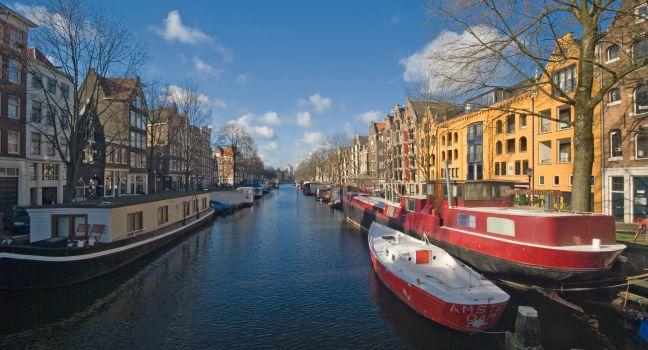Bloemgracht
Lined with traditional burgher houses of the 17th century, this quaint canal is beloved by locals and visitors alike. Many say it's the most pictureseque canal in the city. This was once a center for paint and dye manufacturers, which makes sense because the Jordaan was populated with Golden Age artists—including Rembrandt, who had a studio here. Bloemgracht is still proudly presided over by "De Drie Hendricken," three houses set at Nos. 87–91 owned by the Hendrick de Keyser heritage organization, with their gable stones for a farmer, a city settler, and a sailor.




